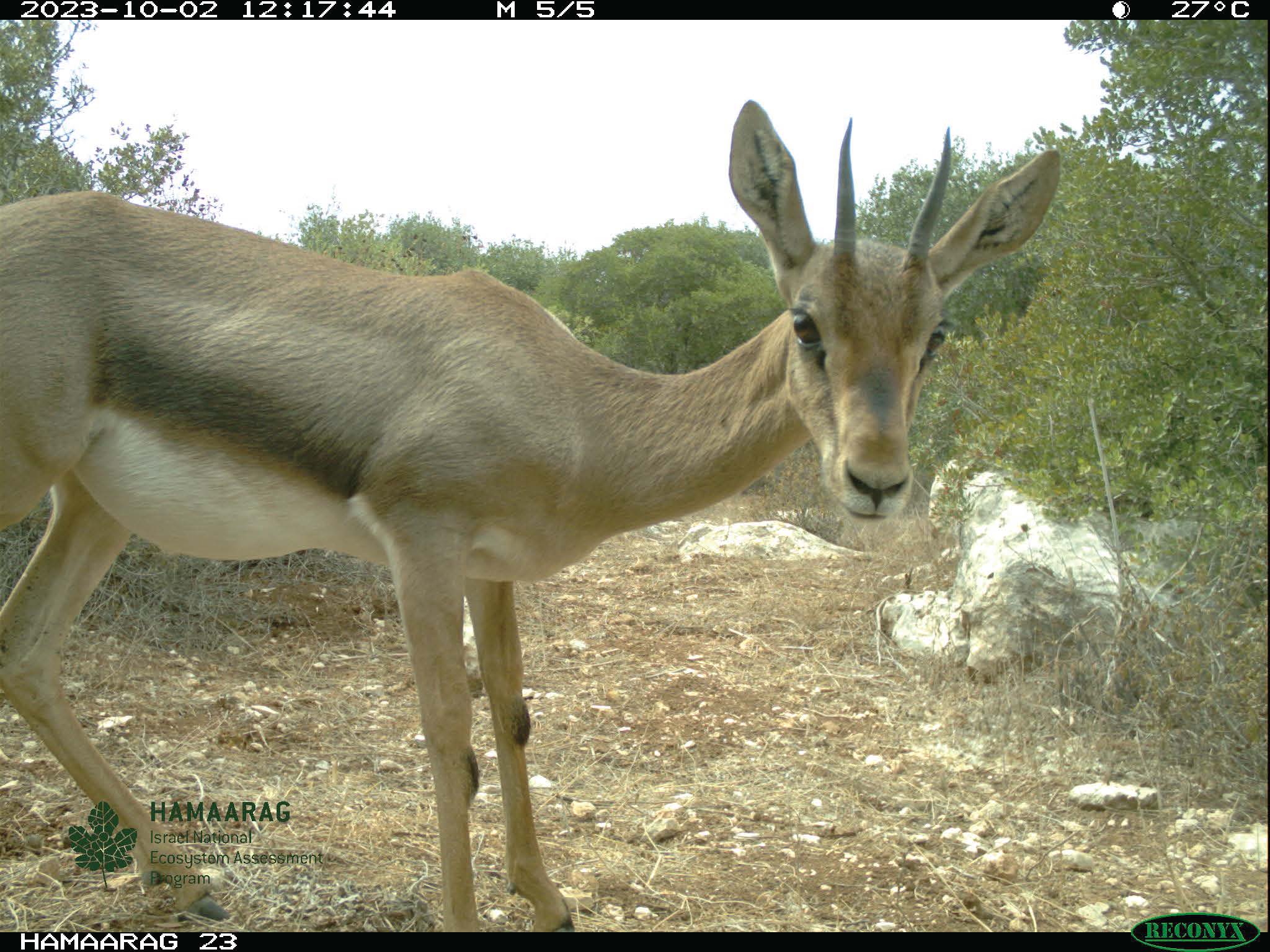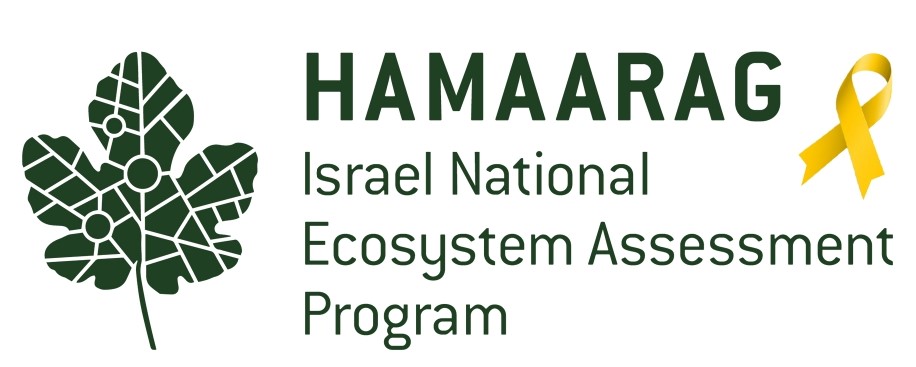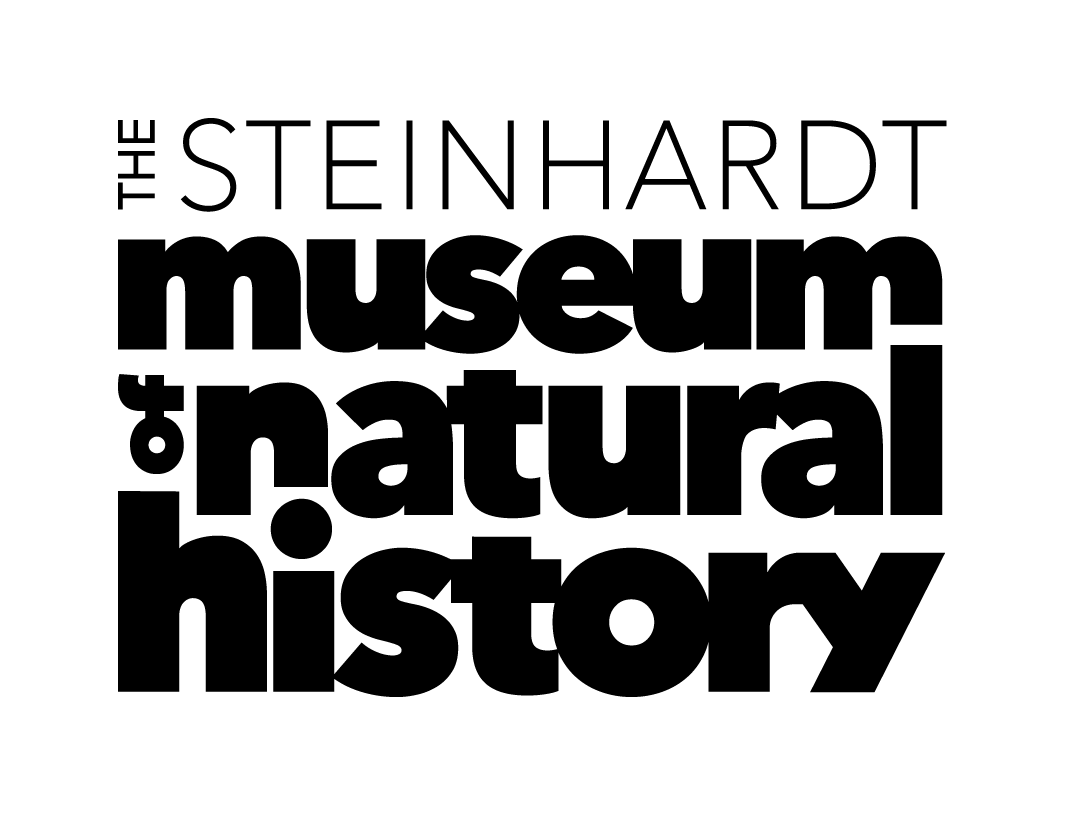Recreation activities in developed landscapes may add additional stressors that affect wildlife spatial and temporal activity patterns. We assessed medium to large mammal species response to a tourist scenic route in an agro-ecological mosaic landscape of the Shikma region, Israel. We placed 60 camera traps in an agro-ecological matrix and recorded mammals during three seasons between 2015 and 2017. We used N-mixture models to estimate mammal activity in relation with proximity to the scenic route and additional anthropogenic related factors such as traffic volume and land use. Anthropogenic development and activities had negative effects on large, endangered species, and none or positive on smaller, commensal species. Our results suggest an expansion of human recreation activity may have adverse outcomes on apex predators, which can cause a chain reaction and lead to meso-predator release, ultimately affecting prey species. The results emphasize the need for land managers to be extra cautious when attempting to add additional stressors (i.e., recreation activity) to developed landscapes such as the study area. Such landscapes can function as healthy ecosystems and provide suitable habitats for wildlife given that land managers are aware and account for wildlife-limiting factors in future development plans.
Spatio-temporal activity patterns of mammals in an agro-ecological mosaic with seasonal recreation activities
Report description
Hila Shamoon, Shlomo Cain, Uri Shanas, Avi Bar-Massada, Yariv Malihi & Idan Shapira’s article was published in the European Journal of Wildlife Research, 2018


